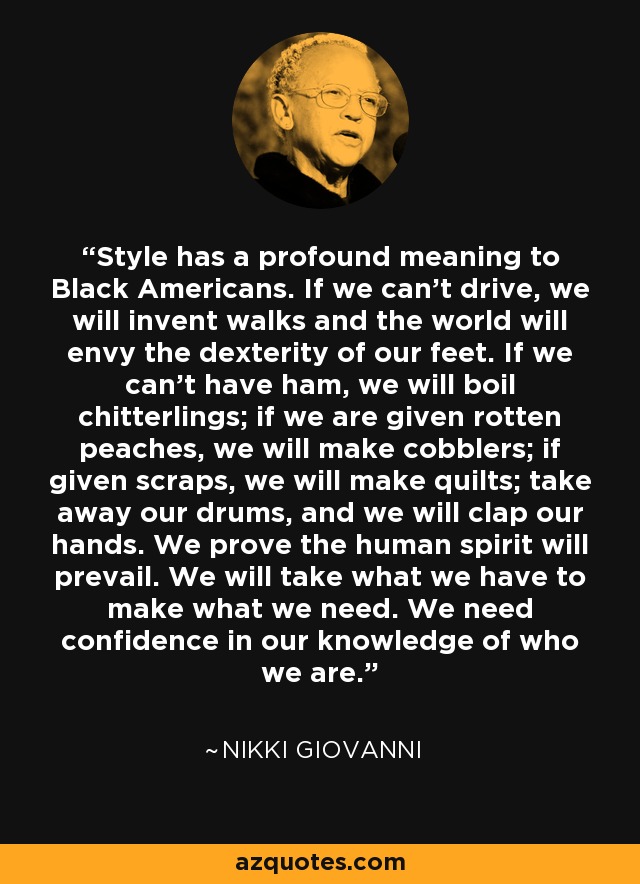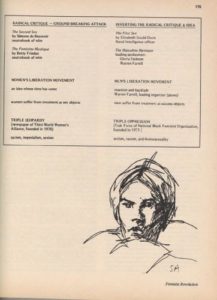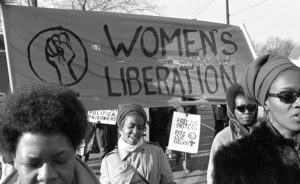
Solange Moon Performance on SNL
After our last class, I’ve been very interest in the concept of the “moon” in Shange’s work. In our last class, we talked about the representation of the “moon” in Sassafrass, Cypress, and Indigo. In that text, the “moon” had two meanings that existed in a dichotomy. This dichotomy, which I came to understand as “South vs North”, lives throughout the text. The “South” moon is spiritual and lives internally, often inside women as a healing force. This moon is related to themes of cycles, menstruation, transformation, and magic. The “North” moon is external, relating to themes of technology, moving away from tradition, and social mobility. It’s a destination, a place to land.
The idea of the moon returns in the text for this week in the poem “We Need A God Who Bleeds Now”.
“we need a god who bleeds now
a god whose wounds are not
some small male vengeance
some pitiful concession to humility
a desert swept with dryin marrow in honor of the lord
we need a god who bleeds
spreads her lunar vulva & showers us in shades of scarlet
thick & warm like the breath of her
our mothers tearing to let us in
this place breaks open
like our mothers bleeding
the planet is heaving mourning our ignorance
the moon tugs the seas
to hold her/to hold her
embrace swelling hills/i am
not wounded i am bleeding to life
Here, rather than moon representing an internal healing spirit present in women or a destination for the black race to strive towards, it becomes an external healing life force that can affect us all. This representation is most similar to the “South” moon in Sassafrass, Cypress, and Indigo. This moon is a god, or spirit, who is female that can direct us all towards healing. This concept reminded me of Solange’s SNL performance of Crane’s In The Sky, a song we have already discussed connects to black women’s search for healing. In this performance, a moon hangs behind her as she is dressed as a god-like female moon figure.
In the poem, Shange argues “we need a god who bleeds now, a god whose wounds are not some small male vengeance”. This god is described to have a “lunar vulva”. A connection is drawn again between the concept of the moon and menstruation. In a very cisnormative sense, Shange argues that men bleed from violence, while women bleed from menstruation. Therefore, when men bleed, they are connected to death, while when women bleed, they are connected to life. Through her “scarlet showers” she is able to rebirth us. She can heal the patriarchal violence that has called the planet to “heave”.
God here is recharacterized as a maternal, feminine life force rather than a violent, patriarchal force that is often understood in the Christian content. God is a mother, rather than a father. This a god centered in healing. She “embraces” and “holds”, a force that lives through tender actions.
The use of “now” creates a sense that this need for change is eternal. It will always be “now” when we read this poem.







